The Resurgence of Planning by Objectives: Meeting KPIs in FP&A
Planning by Objectives (PBO) is experiencing a resurgence in modern Financial Planning and Analysis (FP&A) practices as organizations seek structured approaches to achieve strategic goals and meet key performance indicators (KPIs). PBO involves setting clear objectives, defining measurable targets, and aligning resources and actions to achieve desired outcomes effectively. In the realm of FP&A, PBO provides a robust framework for assessing the impact of strategic decisions on financial KPIs, such as profitability, liquidity, and shareholder value.
One crucial aspect of PBO in FP&A is scenario planning, which enables organizations to assess the impact of various scenarios on financial KPIs. For instance, FP&A teams can use scenario analysis to evaluate the effects of different capital expenditure (CAPEX) initiatives and financing sources on key financial metrics. By modeling scenarios that consider different levels of CAPEX investment, financing structures (debt vs. equity), and market conditions, organizations can identify optimal strategies to maximize shareholder value while managing risk and maintaining financial stability.
Moreover, PBO facilitates the assessment of the impact of debt and new equity on financial KPIs and dividend policies. FP&A teams can use PBO methodologies to evaluate the implications of capital structure decisions, such as raising debt or issuing new equity, on metrics like leverage ratios, cost of capital, and dividend payout ratios. By analyzing various scenarios and their effects on financial KPIs, organizations can make informed decisions about capital allocation, funding sources, and dividend distributions to optimize shareholder value and meet stakeholder expectations.
Furthermore, PBO provides a structured framework for setting and monitoring KPIs related to financial performance, operational efficiency, and strategic objectives. By aligning objectives with KPIs and regularly tracking progress against targets, FP&A teams can identify areas of strength and opportunities for improvement, enabling continuous performance optimization and value creation. Additionally, PBO fosters accountability and transparency within organizations, as stakeholders are empowered to understand how their actions contribute to overall goals and financial outcomes.
In conclusion, the resurgence of Planning by Objectives in FP&A reflects a growing recognition of the importance of structured planning and goal alignment in driving financial performance and meeting KPIs. By leveraging PBO methodologies, organizations can effectively assess the impact of strategic decisions on financial metrics, such as CAPEX, financing sources, debt, equity, and dividend policies. Moreover, PBO provides a framework for setting and monitoring KPIs, fostering accountability, transparency, and continuous improvement in financial planning and performance management processes.

